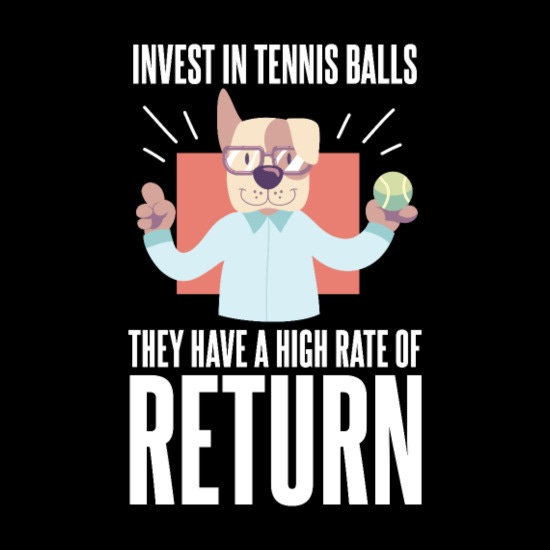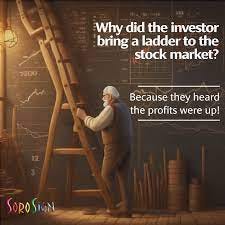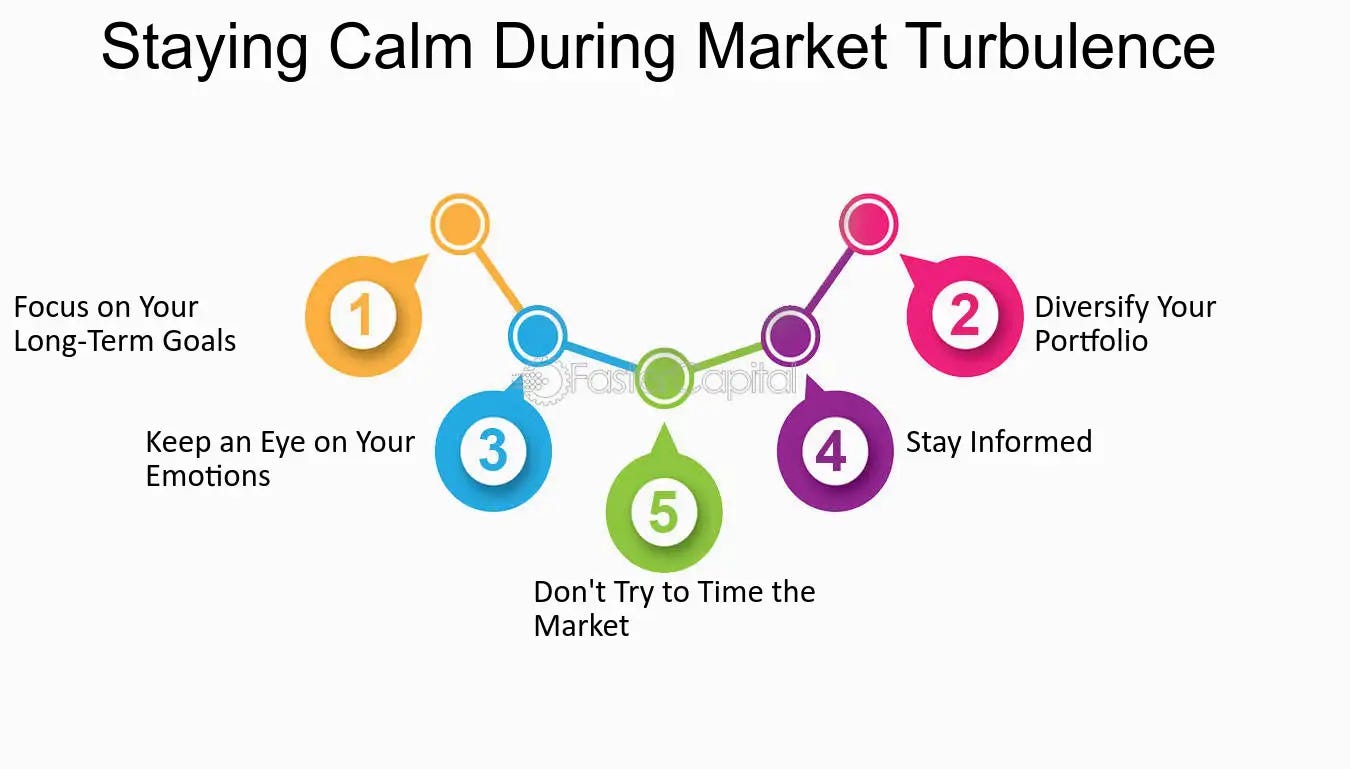Performance & Valuation Update (Q4'23)
Good quarter, but some dogs persist
As the festivities of New Year settle down, time to take stock of portfolio performance, which I do at the end of each quarter (previous write-ups here). For reference, here is my Coffee Can Portfolio.
Cumulative Portfolio Return (XIRR basis): 8.31%
Cumulative Benchmark Returns (XIRR basis): 9.85%
Alpha (over benchmark): -1.55%
Inflation (XIRR basis): 5.71%
Real returns (net of Inflation): 2.6%
Some quick notes on how I see these performance numbers.
Improvements in Base Returns
The first good news is that the 8.31% return, on a cumulative basis (i.e. from inception), is the best portfolio returns I have presented so far. This is obviously good news. The 8.31% is in the range of the long term returns I hope to achieve - between 8%-10%. I will chalk this up as a win.
Real returns for the first time
Attentive readers might recollect how I used Q3’2023 performance post to talk about inflation and the fact that the portfolio wasn’t keep up pace with inflation. i.e. Purchasing power that we are storing for future was receding due to the fact the portfolio isn’t performing above inflation. Second good news is that that trend is now reversed.
As we end the year 2023, weighted inflation on all the monies gone into the portfolio stands at 5.71% and with the portfolio performing at 8.31%, we are now a solid 2.6%1 ahead of inflation. This means our purchasing power is being enhanced by about 2.6% per year for the duration of this portfolio. In financial circles, this is called “real returns”. Unsurprisingly, the reasons behind this are (a) inflation is receding and (b) returns are improving (the Santa Rally definitely helped). I will take this as a win for the time being.
Negative alpha v benchmark
The benchmark2 that I use for my portfolio is now at a like-for-like IRR of 9.85%, which is significantly higher than what my portfolio has achieved. We are now at an alpha of -1.55%. Out of the four quarters I have reported performance, it has been an even split - 2 quarters of positive alpha and 2 quarters of negative alpha. Recall that my calculations are always based on cumulative basis. This means the portfolio across its entire existence has underperformed the index by 1.55%, when measured today. This is sobering news, but a nuanced look might be worth the time.
The underperformance comes from 2 important themes that the portfolio was found on the wrong end of:
China: China has consistently represented about 14%-15% of my portfolio. This allocation was intentional to begin with. The benchmark on the other hand has a mere 2.9% allocated to China. Given that Chinese stocks have had a terrible 2023, my portfolio underperforming the benchmark was but natural.
Magnificent 7: Even though the benchmark contains 7000+ stocks, the Magnificent 7 (AAPL, MSFT, AMZN, GOOGL, META, TSLA and NVDA) alone accounted for 12.12% of the allocation. In my portfolio, only 3 of them feature, with AAPL being an indirect holding through Berkshire, accounted for a mere 6.25%. These 7 stocks have had a roaring 2023 (with returns between 48%-240% among them, while the S&P 500 returned ~24%). If you weren’t in those stocks with enough weights, keeping up with the index/benchmark was hard.
Now that I know the reason for the underperformance, would I do something different about it?
Luckily for me, I am neither a money management professional3 nor in the business of acquiring assets. I have only 2 other stakeholders - my 11 year old daughter, who has *no* vote, and my wife, who doesn’t care to vote.

I can afford to diverge4 from the index performance if needed. The only question is - would it be better or worse to do so. The focus of my investment thesis is to build an anti-fragile, performant portfolio for the long term and from that perspective, it is more important to focus on what I own and why I own it rather than chase the benchmark on a quarter to quarter basis. Given that the portfolio is holding itself well in other quarters, it is reasonable to argue that the doggedness is short-term and not structural. At the moment, I intend to stay the course.
Valuations
On a mark-to-market basis, the portfolio trades at 1.02x sales, 17.33x earnings, and a dividend yield of 2.25%. Even after the run up in the prices, this valuation looks healthy to me. At a market level, US and Canada are the costlier bits in what I own, and unsurprisingly, China is the cheapest.
Summary
✔️ Returns up at 8.31% p.a. (previously 6.12%)
✔️ Returns now beating inflation; Real returns at 2.6% p.a. (previously -0.20%)
❌ Returns over benchmark is -1.5% p.a. (previously 0.38%)
I am confident (and for the sake of my future wealth, very much hope) that in the long run, the portfolio will outwit the benchmark too. For the time being, however, I am going to patiently stick with the strategy.
As always, Happy Investing!
Despite this now being positive, 2.6% is well below historic real returns, which across all my investments, (Coffee Can Portfolio and what I hold outside of it, where my historical data goes back as far as 2011) is at 6.44%. Coffee Can Portfolio still has a long way to go.
I have consistently used Vanguard FTSE Global All Cap Index Fund as the benchmark to compare my portfolio returns.
In a recent podcast, Michael Mauboussin & Barry Ritholtz talk about Charley Ellis’ framework of Business vs Profession of money management. A money management professional wants to produce best results, while the business of money management is to acquire as many assets as possible. These two can be at odds with each other as accumulating assets often comes with a stipulation that you stay somewhat close to the market.
To be super clear, I don’t want to be contrarian here on purpose. I just want to have a strategy and stick to it. There is relatively good evidence (including backtesting) that the strategy should work in the long term, so best not to let a single quarter affect me too much. If we came back 6 quarters in and all of them showed underperformance, then it might make sense to review things.




